1. What is a Bull Market?
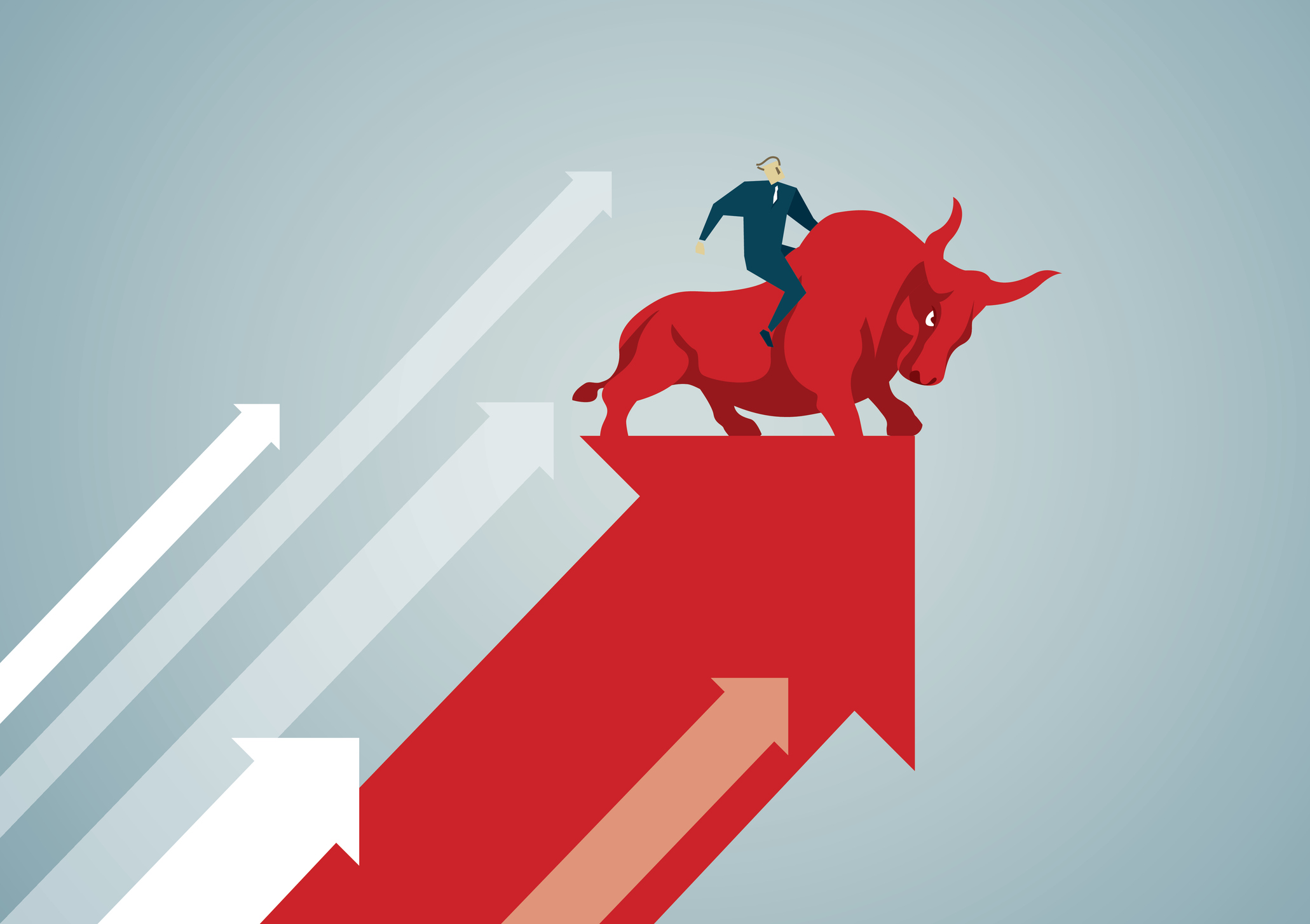
A bull market refers to a financial market where prices are increasing or are anticipated to increase. While the term is most commonly associated with the stock market, it can also apply to any tradable asset, including bonds, real estate, currencies, and commodities.
Although prices of securities fluctuate constantly, a bull market is characterized by a sustained period in which the majority of asset prices experience overall upward momentum. Bull markets typically persist for several months or even years, marked by broad, continued growth across a range of assets.
-
Price Increase: A bull market typically starts when the prices of securities rise by at least 20% or more from a recent low.
-
Investor Sentiment: Bull markets are characterized by optimism and rising investor confidence, where investors expect that strong results will continue.
-
Duration: A bull market can last anywhere from several months to multiple years. The average duration of a bull market in the U.S. stock market is 4.5 years.
2. Key features of a Bull Market
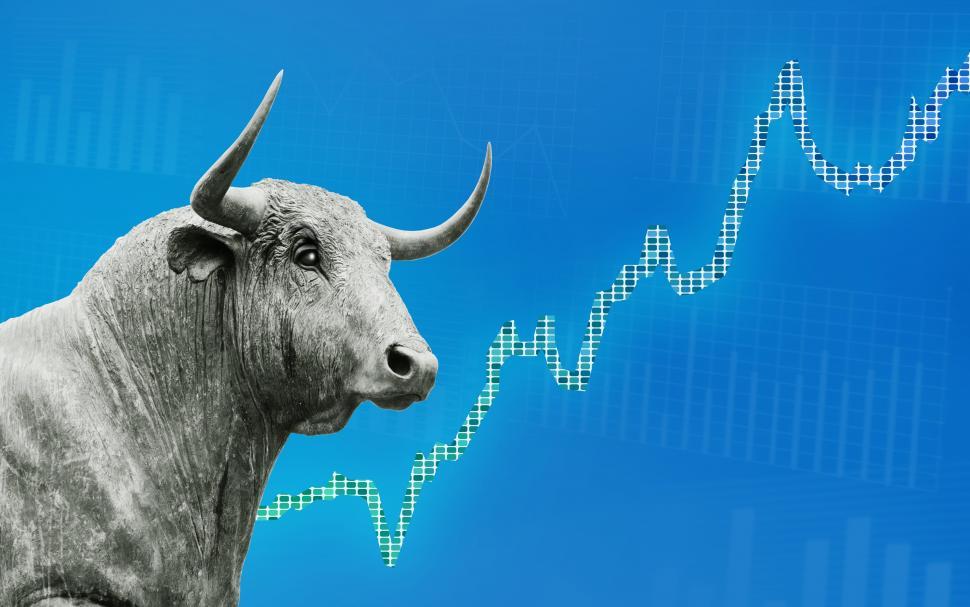
A bull market is typically characterized by a combination of investor optimism, economic growth, and rising asset prices. The following are some of the key features that define a bull market:
-
Higher Trading Volumes: More investors participate in the market, and buying activity increases as people are confident in their investments.
-
Rising Asset Prices: As demand increases, the prices of stocks, bonds, and other assets rise. This can lead to higher valuations as investors pay more for securities.
-
Increased Liquidity: With more people buying, it becomes easier to enter and exit positions quickly at reasonable prices.
-
Strong Corporate Profits: Companies typically see rising profits, which further bolsters investor confidence and fuels stock price increases.
-
More IPOs: In a bull market, companies are more likely to go public through Initial Public Offerings (IPOs), taking advantage of the favorable market conditions to raise capital.
3. Causes of a Bull Market
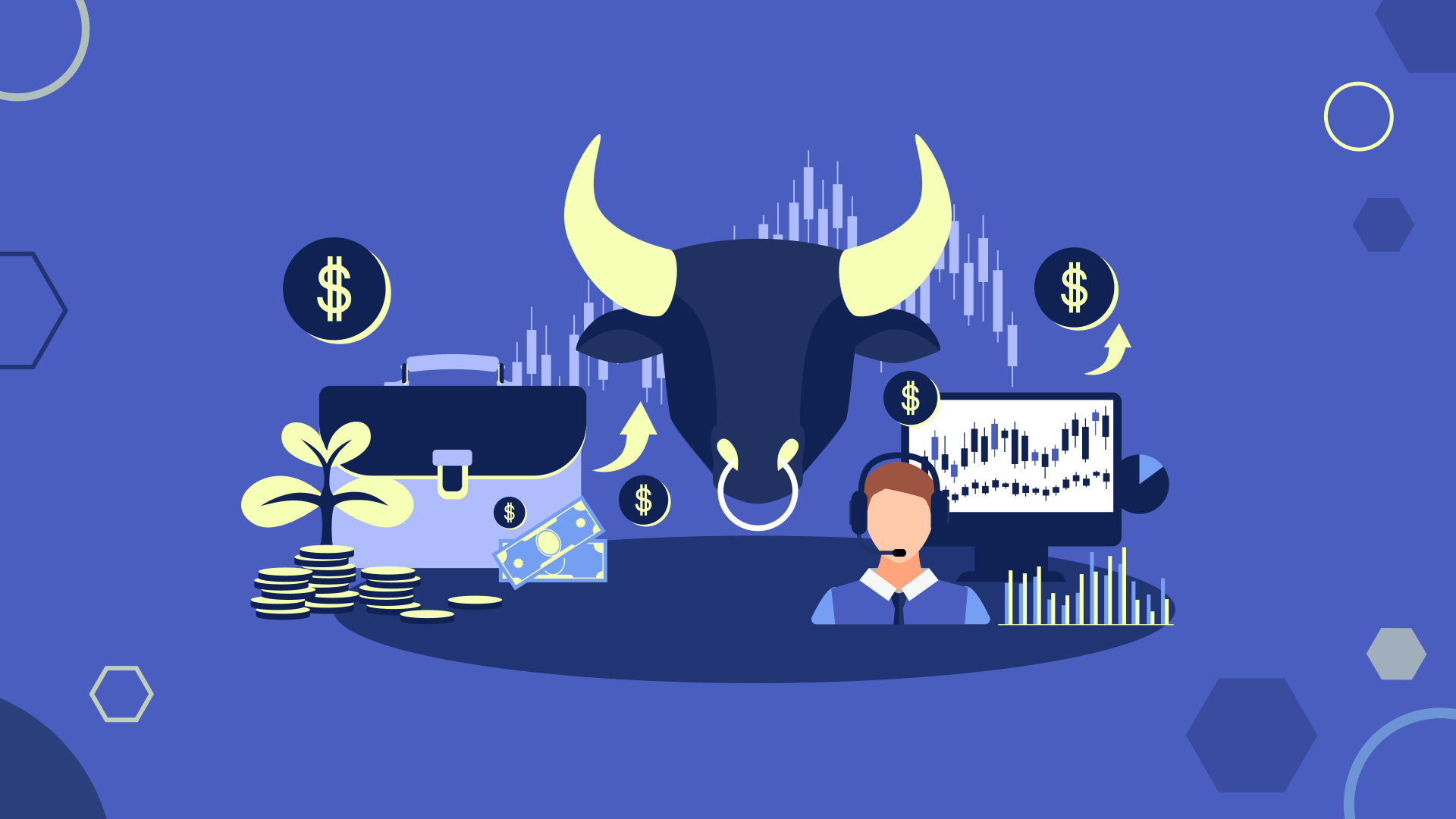
Bull markets often begin during economic expansions when key indicators such as GDP growth, low unemployment, and increasing corporate profits signal a healthy economy. Here are some common causes of bull markets:
-
Strong Economic Growth: A growing economy leads to higher consumer spending, increased demand for goods and services, and stronger corporate earnings, all of which contribute to rising stock prices.
-
Low Interest Rates: Central banks, like the Federal Reserve, may lower interest rates to stimulate the economy, making borrowing cheaper and encouraging investment in the stock market.
-
Investor Optimism: As prices rise and investors see the market performing well, more money flows into stocks. This optimism perpetuates the bull market as people anticipate continued growth.
-
Rising Corporate Profits: Bull markets often coincide with periods of robust corporate earnings, which drive stock prices higher as companies exceed expectations.
However, it's essential to recognize that psychological factors—like speculation, overconfidence, and herd behavior—can sometimes inflate asset prices beyond their true value during a bull market.
4. How to maximize your profit in a Bull Market
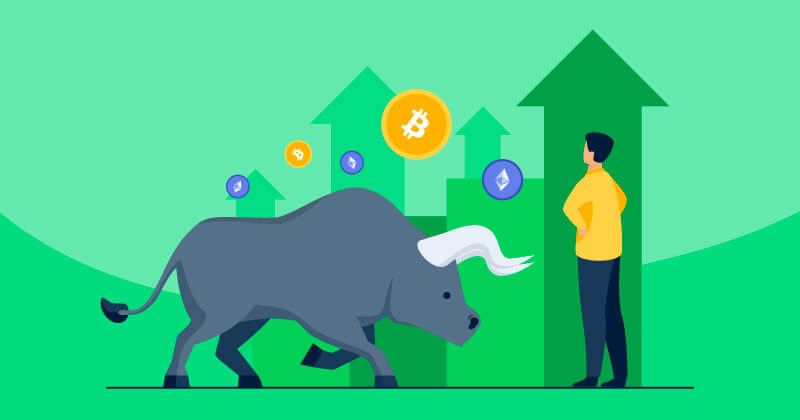
Investors seeking to capitalize on a bull market typically follow strategies that involve buying early and holding until they see significant gains. While it's difficult to predict when the market will reach its peak or bottom, the buy-and-hold strategy is a classic way to profit from sustained market growth.
4.1. Buy and Hold Strategy
The buy and hold approach is the simplest and most popular strategy for benefiting from a bull market. The premise is to buy a security (stock, bond, etc.) and hold it for the long term, riding the upward trend until the prices have increased sufficiently to generate a return.
-
How It Works: You purchase an asset that you believe will rise in value over time, and then hold on to it as long as the market continues its upward trend.
-
Risk: The main risk of the buy-and-hold strategy is the potential for market downturns. While this approach works well in a bull market, it can expose investors to losses if the market suddenly reverses.
4.2. Increased Buy and Hold (Add to Your Position)
In this strategy, investors not only buy and hold but also increase their position by purchasing more of the same security as its price continues to rise.
-
How It Works: For instance, if the price of a stock increases by 10%, an investor might decide to buy additional shares, betting that the price will continue to rise.
-
Risk: While this strategy can amplify gains, it also increases risk. The investor is betting that the bull market will continue, and any market correction could lead to significant losses if they’ve added too much exposure.
4.3. Retracement Additions
Even in a bull market, prices don’t rise in a straight line. They may experience short-term dips (retracements), where prices temporarily decline before resuming their upward trend.
-
How It Works: Some investors adopt a strategy of buying the dip—they wait for these retracements and use the lower prices to add more shares.
-
Benefit: This strategy allows you to buy at a better price and profit when the market continues its upward trend.
-
Risk: Predicting retracements can be difficult, and there’s always a chance that the market doesn’t bounce back as expected, leading to losses.
4.4. Full Swing Trading
This is a more aggressive strategy where investors attempt to capitalize on both short-term price movements and long-term trends. It involves buying during upswings and selling during retracements to maximize gains.
-
How It Works: Full swing traders try to capture maximum returns by entering and exiting positions quickly. They may use tools like short-selling or derivatives to amplify gains.
-
Risk: Swing trading is a high-risk strategy and requires a good understanding of market timing. Investors can miss out on larger gains if they exit too soon or risk losing money by entering at the wrong time.
5. Bull vs. Bear Markets
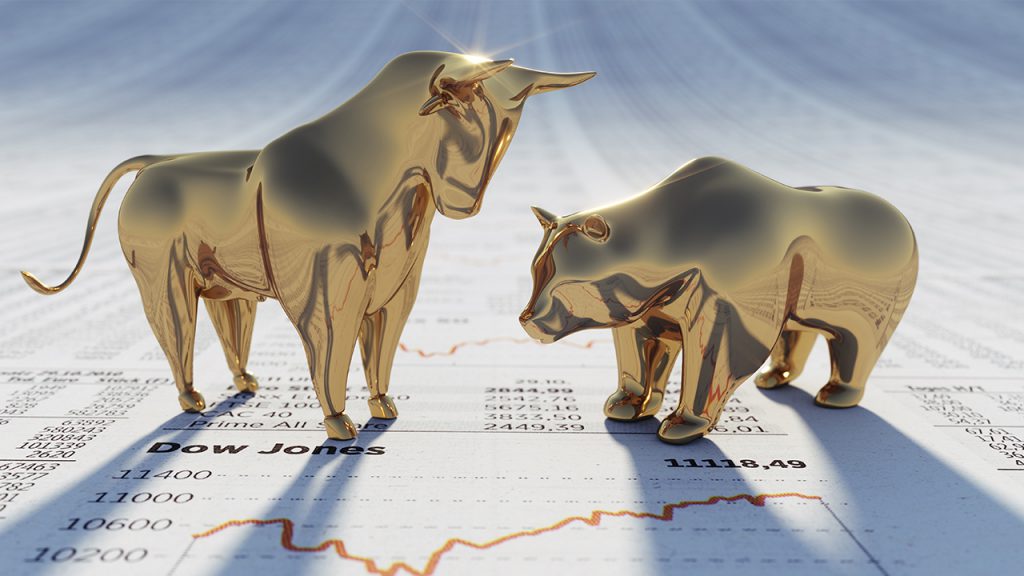
A bull market is the opposite of a bear market, which is characterized by falling prices and investor pessimism. The names "bull" and "bear" are thought to come from how each animal attacks its opponents:
-
Bull: The bull strikes upward with its horns, symbolizing a rising market.
-
Bear: The bear swipes its paws downward, symbolizing a declining market.
Bull and bear markets often coincide with different phases of the economic cycle:
-
Bull markets often emerge during expansions, when the economy is growing.
-
Bear markets tend to occur during contractions, when the economy is shrinking.
The market’s direction often serves as a leading indicator of the broader economy. For example, the stock market may begin rising (indicating a bull market) even before the GDP starts to grow.
6. Conclusion
Bull markets provide investors with the opportunity to capitalize on long-term growth. Strategies like buy and hold, increased buy and hold, and retracement additions are popular ways to profit during these periods. However, investors must recognize that risk is always present, and it can be difficult to predict the peak or end of a bull market. As always, maintaining a long-term perspective and being cautious of overconfidence or speculative bubbles can help investors navigate bull markets more successfully.
Read more:

 English
English Tiếng Việt
Tiếng Việt.png)
.jpg)

.jpg)
.jpg)
.jpg)

.jpg)
.jpg)

.jpg)
.jpg)
.jpg)




